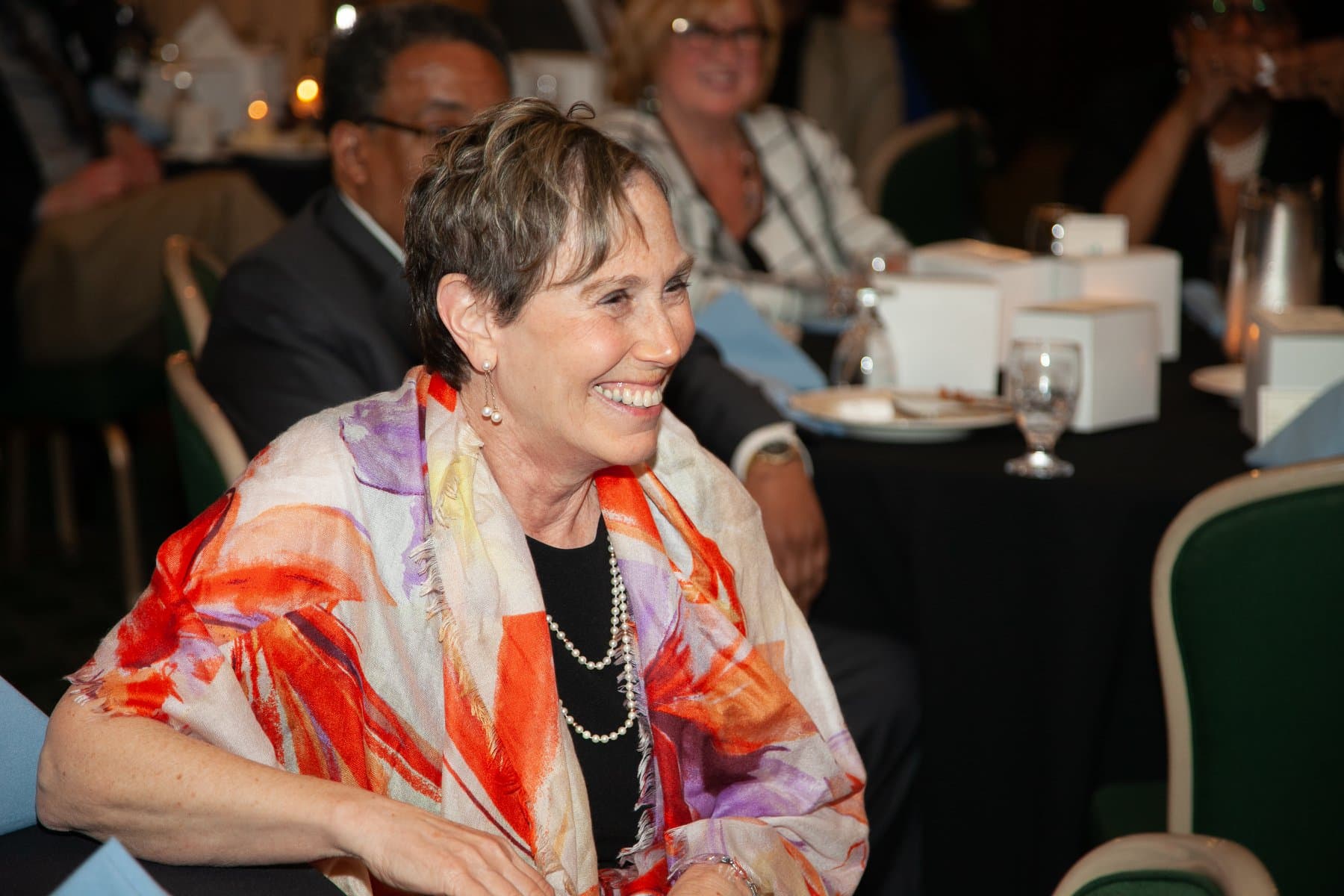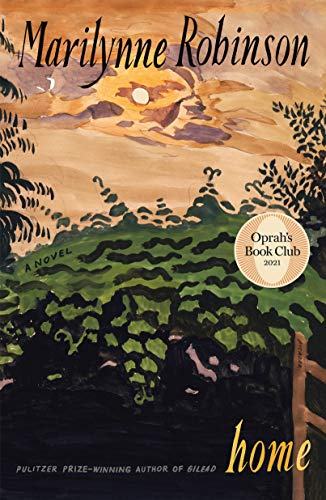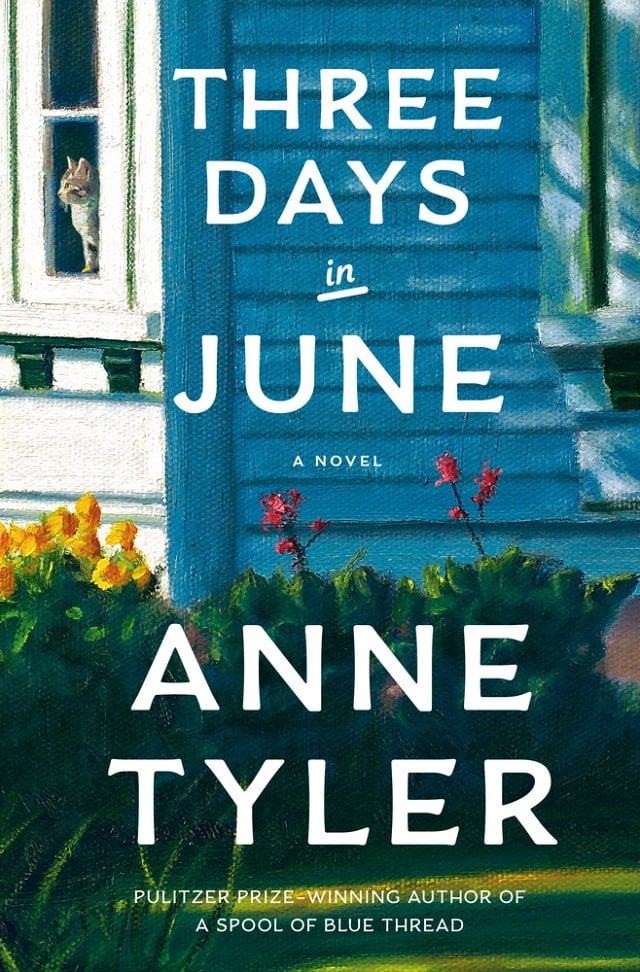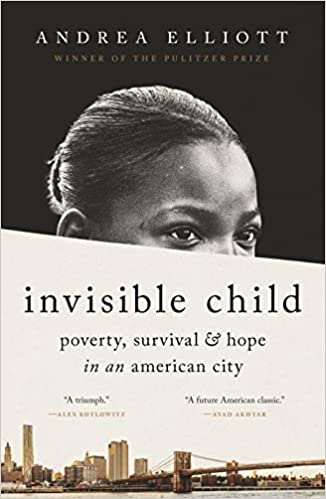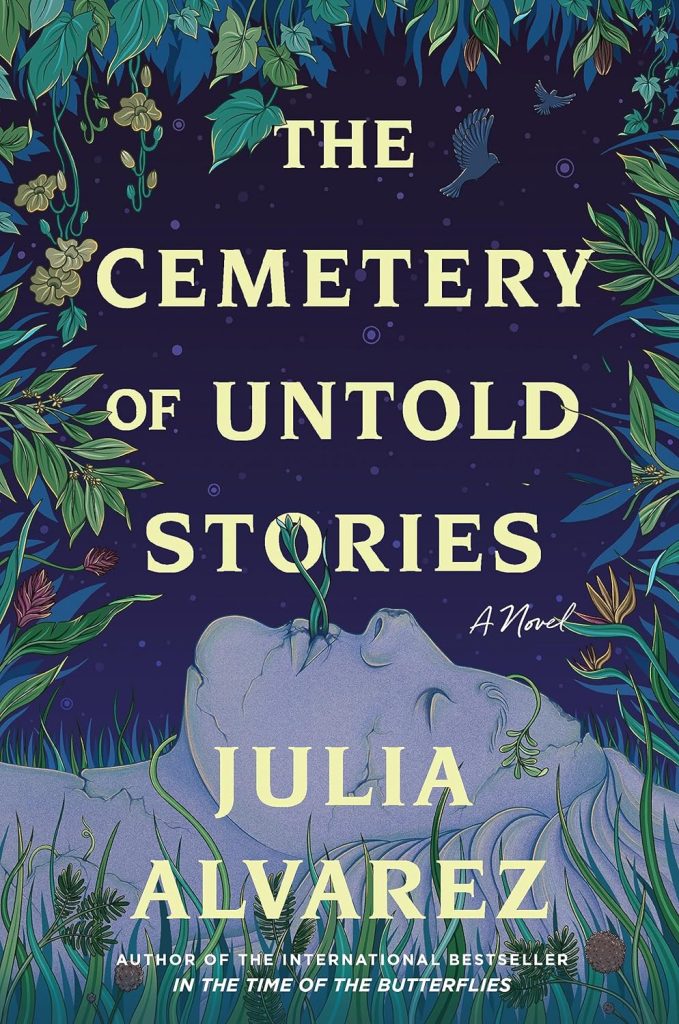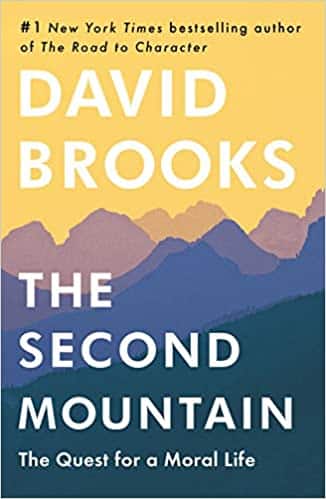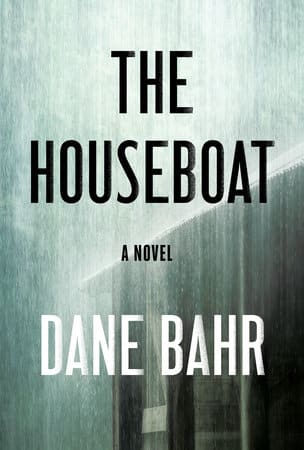My Life Feels Out of Sync
Estimated reading time: 8 minutes, 19 seconds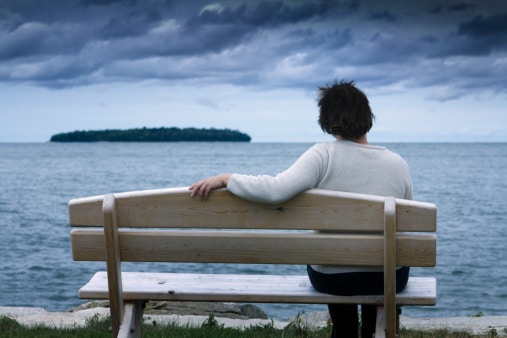
A widow who has lost a loved one gazes at a landscape without a partner.
Sunday, I Woke in a Chilly Home
As I awoke from my deep slumber the following day, I felt a sudden chill, which made my heart race. Despite the warmth of my blankets and the coziness of my bed, I could feel the cold seeping in. It was an unusual feeling, making me wonder what the day had in store.

I noticed that the heating system wasn’t working, and I thought about contacting the landlord. However, I soon realized that the issue might be the batteries in the thermostat. I replaced the batteries, but unfortunately, they weren’t Alkaline double A’s, so the thermostat screen remained blank even though the heat started working. After a partial breakfast, I decided to take my daily walk, but I shortened it by a mile and went to Walgreens instead. I purchased the necessary batteries and headed back home. With new batteries in place, the thermostat started working perfectly again, but I had to reset the day, time, and schedule. After breakfast, I began doing laundry and went grocery shopping. I purchased some prepared meals to have on hand for busy days when cooking might not be an option.
As the sun set on another day, I reflected on the balance of my life. While it may seem simple to say that I have regained some balance, the truth is more complex. Through introspection, I have realized that many of my daily routines have become habits tied to specific times. This realization has opened my eyes to the importance of flexibility and adjusting to the unexpected.
This past weekend has been unusual for me but has also been enlightening. It has helped me understand which habits are essential, which can be adjusted, and which are more flexible. I have learned that eating healthily on a schedule is necessary for my well-being and that skipping breakfast is not a good idea. I can walk later in the day if needed, but I still prefer the usual time. Specific tasks like washing clothes and buying groceries can be more flexible and adaptable.
Reflections
Through a weekend of reflection, I discovered a sense of freedom and balance previously unknown to me. The lessons I learned during this time were invaluable, giving me a new perspective on life. I understand that small habits can guide us toward our desired life, much like the bumpers in a children’s bowling party. I am grateful for the light that illuminates my path, helping me overcome my sorrows and continue to grow. Although my journey may be long, I am proud of my progress in less than three years.
This weekend reminded me of a quote from “The Vaster Wilds,” where the author wrote, “Being alone and surviving is not the same as being alive.” I have learned to love again despite not yet finding someone who loves me similarly. Nevertheless, I am grateful for the love and life I have now. I will continue to appreciate the lessons that come my way as I move forward and keep shining my light for others to see.
The Jan Lilien Education Fund sponsors ongoing sustainability and environmental awareness programs. All donations are tax-deductible.

This work is licensed under a Creative Commons Attribution-NonCommercial 4.0 International License.
After almost 48 years, I recently lost my wife, Jan Lilien. Like The Little Prince, Jan and I believed that “The most beautiful things in the world cannot be seen or touched, they are felt with the heart.” This blog is a collection of my random thoughts on love, grief, life, and all things considered.
